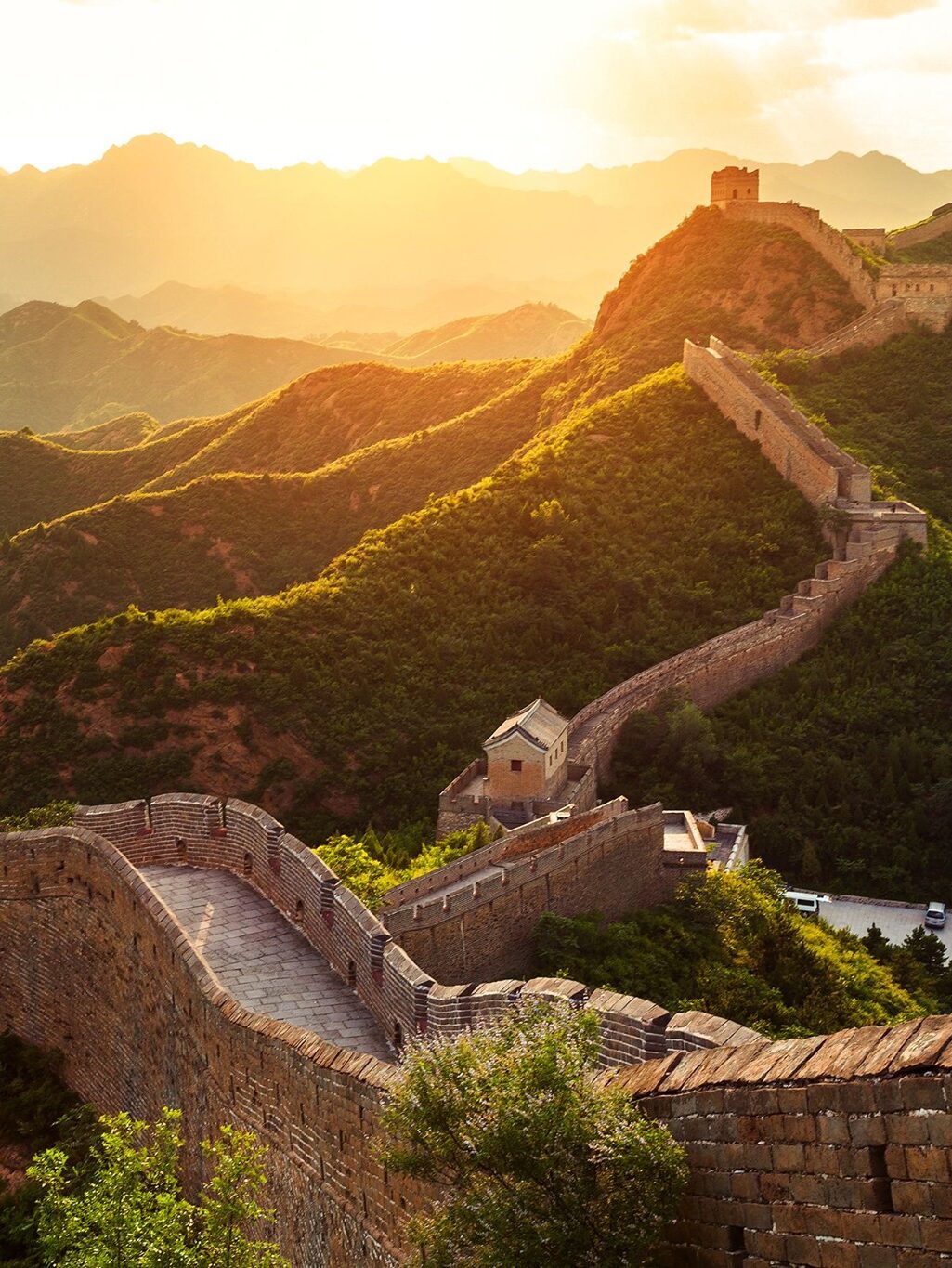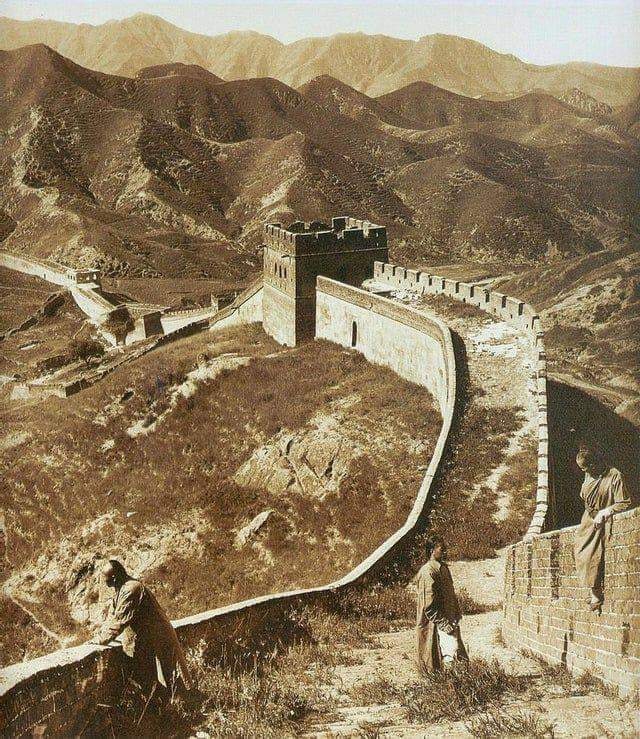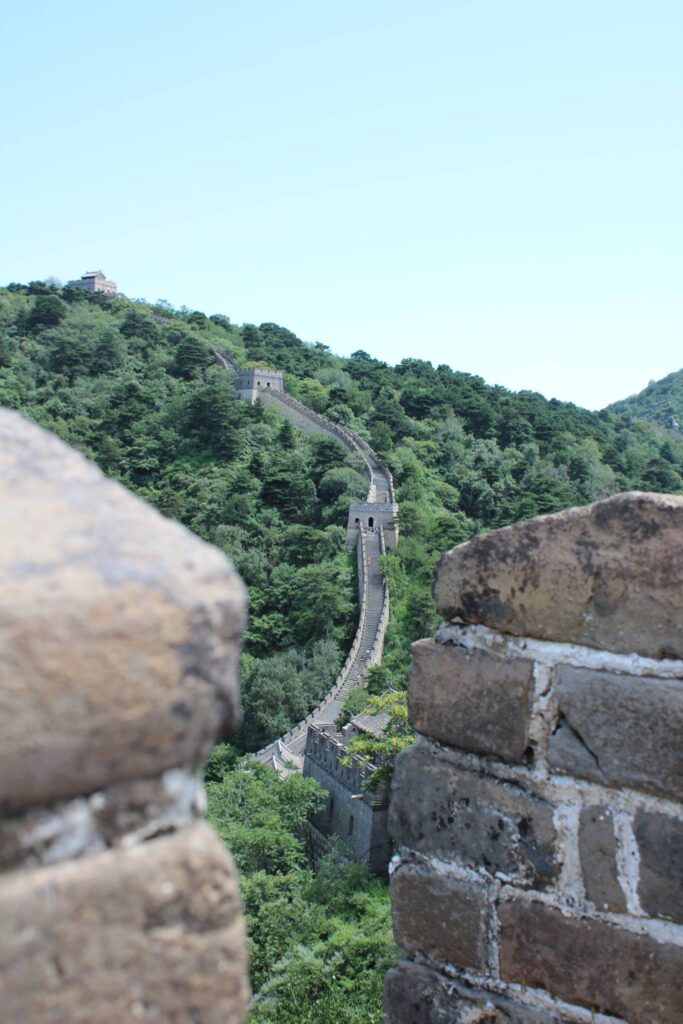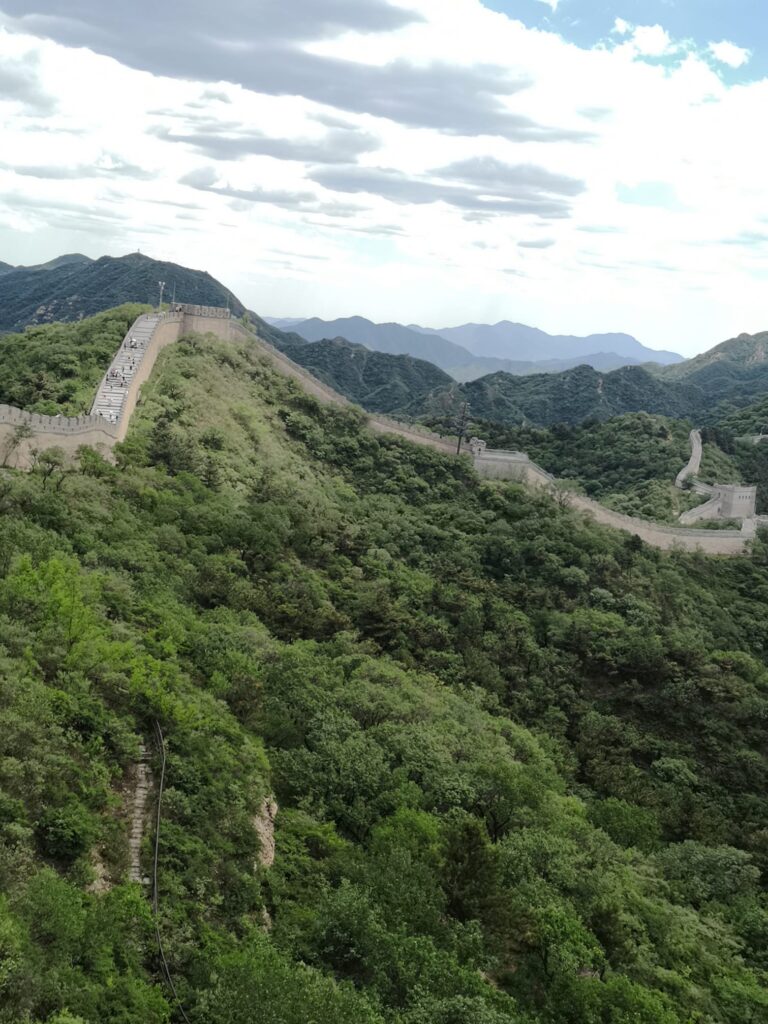The Great Wall of China is one of the most iconic landmarks in the world and a symbol of the nation’s rich and ancient history. Spanning over 13,000 miles, it is the longest wall ever built and stretches across the northern part of China, from Shanhaiguan in the east to Jiayuguan in the west.

The construction of the Great Wall of China started during the Warring States period (475-221 BC) when various states built walls to protect themselves from invading enemies. However, it wasn’t until the Qin Dynasty (221-206 BC) that the walls were linked together to form a cohesive structure for the first time. The wall has since undergone numerous renovations and expansions, with the most significant being during the Ming Dynasty (1368-1644).

The Great Wall was built primarily as a defense mechanism to keep out foreign invaders, particularly the Mongols from the north. It also served as a means of transportation and communication between different parts of China. At its peak, the wall was manned by over one million soldiers, making it one of the biggest military fortifications in the world.

Despite its impressive size and historical significance, the Great Wall of China also has a darker side. It is estimated that over one million workers died during its construction due to harsh work conditions, lack of food, and exposure to the elements. Many of these workers were conscripted or forced into labor by the ruling dynasties.
Today, the Great Wall of China is a popular tourist destination and a UNESCO World Heritage Site, attracting over 10 million visitors annually. Various sections of the wall have been restored and opened to the public, allowing visitors to experience its magnificence firsthand.

While the Great Wall of China has been praised for its architectural significance and historical value, it has also been criticized for its impact on the environment. The construction of the wall led to widespread deforestation, soil erosion, and land degradation, which have had lasting effects on the region’s ecology.

